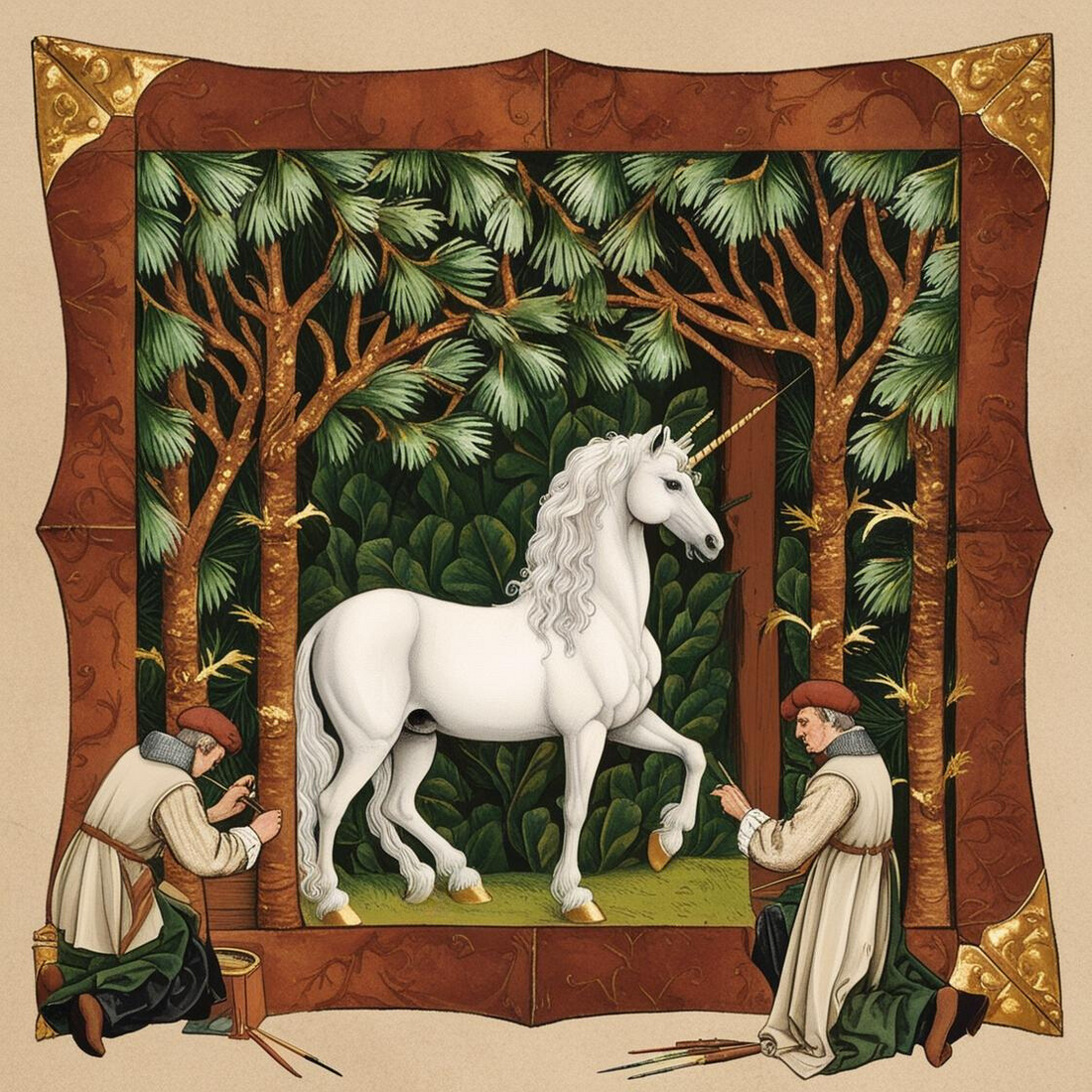
The Favorite Colors Used in Medieval Art
Medieval art is basically the Renaissance’s dramatic older sibling—bold, unapologetic, and deeply symbolic. The artists of the Middle Ages worked with a limited but jaw-droppingly vibrant palette, largely dictated by what pigments nature provided and how those colors played into religious and cultural symbolism. Let’s dive into their favorite hues and why they mattered.
Gold
Ah, gold—the medieval equivalent of “look, I’m fancy!” But it wasn’t just for showing off. Gold wasn’t merely a color; it was a material that screamed divinity, wealth, and the heavenly realms. Whether in illuminated manuscripts or gilded halos, gold leaf added a divine glow that said, “This isn’t just art; it’s holy art.”
Ultramarine Blue
Ultramarine was like the celebrity pigment of its time, derived from the semi-precious lapis lazuli, which had to be imported all the way from Afghanistan. Naturally, it cost a fortune, so artists saved it for the VIPs of religious art—most notably, the Virgin Mary. Blue symbolized purity, holiness, and the heavens, and it also subtly reminded patrons, “Hey, this painting? Worth every penny.”
Red
Red was the drama queen of medieval art. Made from cinnabar or madder, it was bold, passionate, and impossible to ignore. It symbolized everything from the blood of Christ to martyrdom and divine love. If you wanted your painting to make a big emotional statement, red was your go-to.
Green
Green wasn’t just pretty; it was rich with meaning. Pigments like verdigris and malachite brought to life scenes of nature, fertility, and rebirth. Whether showing off a lush paradise or rolling pastures, green added a touch of Earth’s beauty to stained glass and frescoes alike.
Black
The medieval moodiest. Black, made from charred bones or soot, didn’t just stand for death—it represented mystery, the void, and deep spiritual struggle. Paired with gold, it created that classic light-versus-dark effect that medieval artists loved to play with.
White
White was the color of purity, clarity, and holiness. Think angels, saints, and heavenly light. It provided the calm amidst the colorful chaos of medieval compositions and gave the whole piece an ethereal balance.
So, what makes these colors so special? It’s not just their beauty—it’s the layers of meaning behind every brushstroke. Medieval artists didn’t just paint; they preached through their pigments, giving us works that still captivate and inspire today. And honestly? You’ve got to hand it to them—they made a masterpiece out of a pretty limited color wheel!
